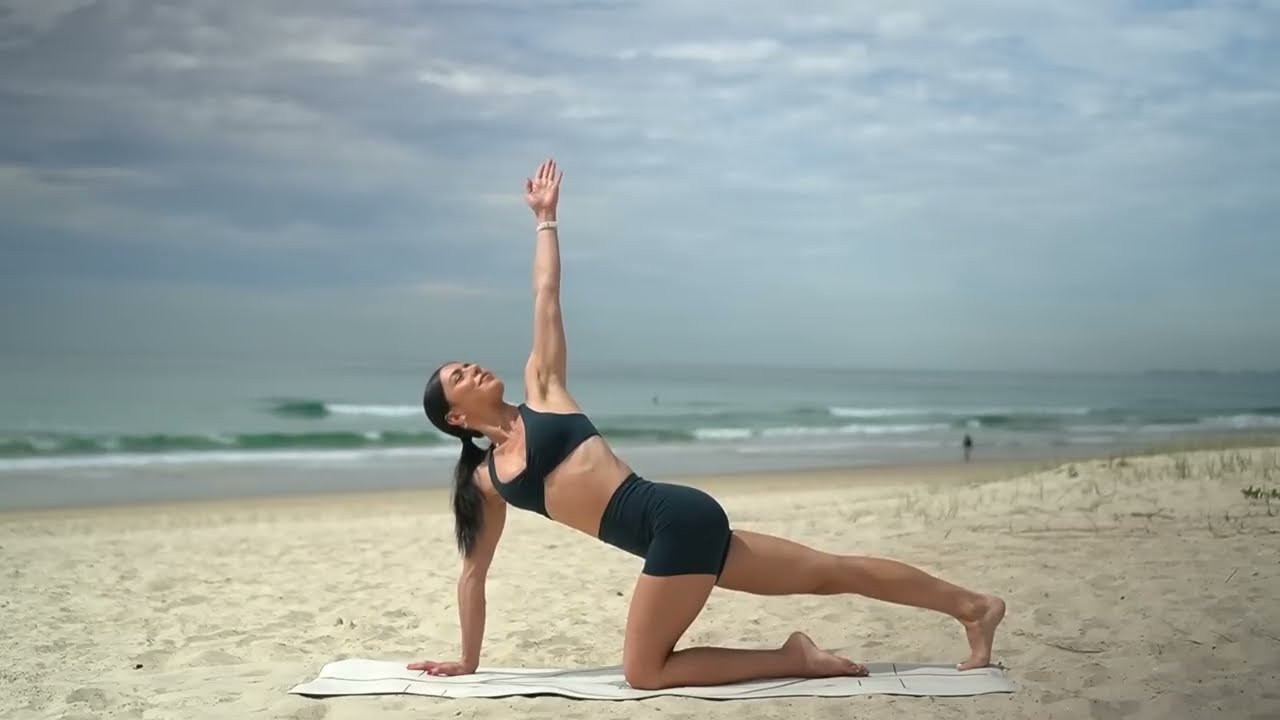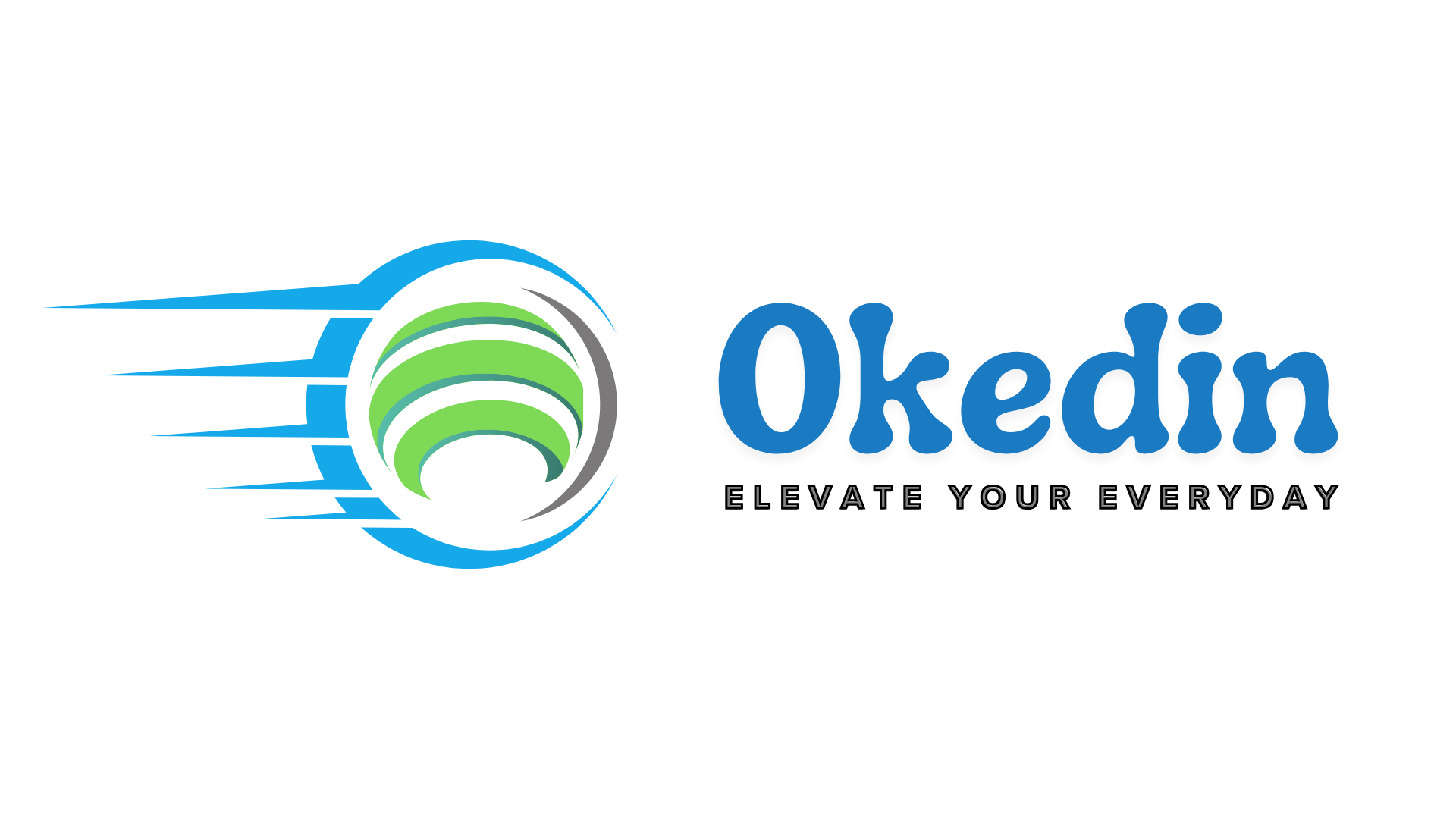When it comes to achieving a well-defined midsection, core exercises play a vital role. The term “core” refers not only to the abdominal muscles but also includes other surrounding muscle groups such as the obliques, pelvis, and lower back. For many fitness enthusiasts, building a strong core is essential for improving overall body strength, stability, and posture. What’s more, you don’t necessarily need gym equipment or elaborate machinery to accomplish this; there are plenty of effective core exercises that can be performed using just your body weight.
In this article, we will explore various ab and core workouts without equipment, providing detailed insights and creative analysis on each exercise type, their benefits, and how they can improve your physical health. By the end, you’ll have a comprehensive guide at your fingertips to help achieve a stronger midsection without breaking the bank on gym memberships or fancy gear.
Core exercises

Core exercises form the foundation of any workout regimen aimed at building strength and endurance in the midsection. Not only do these exercises enhance athletic performance, but they also support day-to-day activities by improving balance and coordination. In this section, we will delve into different categories of core exercises, their functional benefits, and why incorporating them into your routine is critical for long-term fitness success.
Types of Core Muscles
The core consists of several interconnected muscle groups:
- Rectus Abdominis: This is the well-known “six-pack” muscle that runs down the front of your abdomen. It plays a crucial role in flexing the spine and helps maintain proper posture.
- Obliques: Found on the sides of your abdomen, the obliques are responsible for rotational movements and bending sideways. Strengthening these muscles can greatly improve your ability to twist and turn, which is particularly beneficial in sports.
- Transverse Abdominis: Often referred to as the body’s natural corset, this deep muscle stabilizes the spine and pelvis before movement. A strong transverse abdominis can significantly improve your overall stability.
- Erector Spinae: Located along the spine, these muscles help with extending and rotating the back. Strongerector spinae are critical for maintaining good posture and preventing injuries.
Understanding these muscles is foundational when developing an effective core workout. Focusing on a variety of core exercises can ensure balanced development across all major areas.
Benefits of Core Exercises
The benefits of engaging in effective core exercises are extensive:
- Improved Posture: A strong core supports the spine, promoting better alignment and reducing the risk of back pain.
- Enhanced Athletic Performance: Core strength contributes to improved power and efficiency in nearly every sport, from running to swimming to weightlifting.
- Injury Prevention: By stabilizing your trunk, core strength helps prevent injuries, especially in the lower back and hips.
- Better Balance and Stability: Strong core muscles assist in maintaining balance during various physical activities, making everyday tasks easier and safer.
How to Incorporate Core Exercises into Your Routine
Integrating core exercises into your routine doesn’t have to be complicated. Here are some practical tips:
- Start Slow: If you’re new to core training, begin with basic exercises and progressively add complexity as you gain strength.
- Mix It Up: Include a variety of exercises that target different muscle groups within your core to avoid plateaus and maintain motivation.
- Create a Schedule: Aim to incorporate core workouts into your routine 2-3 times per week for optimal results.
- Focus on Form: It’s essential to prioritize proper form over quantity. Quality movements will yield better results and reduce the risk of injury.
By understanding the significance of core exercises and recognizing their vast benefits, you’re better equipped to make informed decisions about your fitness journey.
Ab and Core Workouts Without Equipment

One of the most appealing aspects of working on your core is that you don’t need any specialized equipment. There are numerous ab and core workouts without equipment that utilize just your body weight, making it accessible for everyone, regardless of their fitness level. In this section, we’ll explore various exercises, their execution, and how to maximize their effects for a truly engaged core.
Bodyweight Exercises: An Overview
Bodyweight exercises are an excellent way to build strength because they promote functional movement patterns. Unlike traditional weightlifting, where isolated muscle engagement often occurs, bodyweight movements require stabilization and coordination across multiple muscle groups.
Why Choose Bodyweight Over Weights?
- Accessibility: You can perform these workouts anywhere – at home, in a park, or even while traveling.
- Versatility: Bodyweight exercises can be modified to suit beginners or advanced athletes by altering speed, duration, and complexity.
- Engagement: Many bodyweight exercises engage multiple muscle groups simultaneously, enhancing overall conditioning.
Effective Bodyweight Core Exercises
Here are some excellent bodyweight ab and core workouts without equipment that can help strengthen your midsection.
Planks
Planks are widely considered one of the best exercises for building core strength.
- Execution: Begin in a push-up position with your forearms on the ground. Ensure your body forms a straight line from head to heels. Hold this position for as long as you can while maintaining form.
- Benefits: Planks engage not just your abs but also your shoulders, back, and legs, making them a full-body exercise.
- Variations: To increase difficulty, try side planks or dynamic planks where you alternate between forearms and hands.
Bicycle Crunches
Bicycle crunches specifically target the obliques and are fantastic for increasing core rotation strength.
- Execution: Lie on your back and bring your knees up to a 90-degree angle. Extend one leg out while twisting your torso to bring the opposite elbow to the knee of the bent leg. Alternate sides in a pedaling motion.
- Benefits: This exercise works multiple core muscles and enhances flexibility, coordination, and cardiovascular endurance.
- Tips: Focus on controlled movements rather than speed to maximize muscle engagement.
Mountain Climbers
Mountain climbers are not just an excellent cardio workout; they also challenge your core stability.
- Execution: Start in a plank position and drive one knee towards your chest, then quickly switch legs, mimicking a running motion.
- Benefits: In addition to strengthening the core, mountain climbers also elevate your heart rate for a great cardiovascular workout.
- Modification: Beginners can slow down the movement to focus on maintaining proper form.
Russian Twists
Russian twists effectively target the oblique muscles and can be performed either seated or elevated.
- Execution: Sit on the floor with your knees bent, lean back slightly, and lift your feet off the ground if possible. Rotate your torso to touch the floor beside you, alternating sides.
- Benefits: Russian twists help improve rotational stability and strength, which is vital for many athletic activities.
- Advanced Variation: Use a heavier object or perform the exercise while balancing on a stability ball for added difficulty.
Creating a Comprehensive Core Workout
Building your own ab and core workouts without equipment can be both fun and rewarding. Here’s how to structure an effective session:
Warm-Up
Always start with a warm-up to prepare your muscles for exertion. Dynamic stretches like arm circles, torso twists, and light jogging can increase blood flow and improve mobility.
Sample Core Circuit
Consider incorporating a series of exercises into a circuit format:
- Plank (hold for 30 seconds)
- Bicycle Crunches (15 repetitions per side)
- Mountain Climbers (30 seconds)
- Russian Twists (15 repetitions per side)
Repeat this circuit 3-4 times with a rest of 30-60 seconds between sets.
Cool Down
After completing your workout, take time to cool down with static stretching, focusing on your abdominal muscles and hip flexors. This will aid recovery and improve flexibility.
Listening to Your Body
While pushing yourself is a key component of any workout plan, it’s equally important to listen to your body.
- Modify When Needed: If you feel discomfort or extreme fatigue, don’t hesitate to modify the exercise or take a break.
- Consistency is Key: Aim for consistency over intensity. Gradually increase the duration and intensity of your workouts for optimal strength gains.
By exploring various ab and core workouts without equipment, you can create a robust fitness routine tailored to your lifestyle and goals. Regularly challenging your core through diverse exercises will ensure continual improvement and help you build a stronger midsection.
Conclusion
In conclusion, having a strong core is paramount for improving overall fitness, supporting athletic performance, and reducing the risk of injuries. By integrating effective core exercises into your daily routine, as well as embracing a variety of ab and core workouts without equipment, you can achieve a well-rounded fitness level. Whether you are a beginner or an experienced athlete, focusing on your core will undoubtedly lead to enhanced strength, stability, and confidence in various physical activities. Start today, commit to your core training, and witness a transformation in your physique and functionality.


